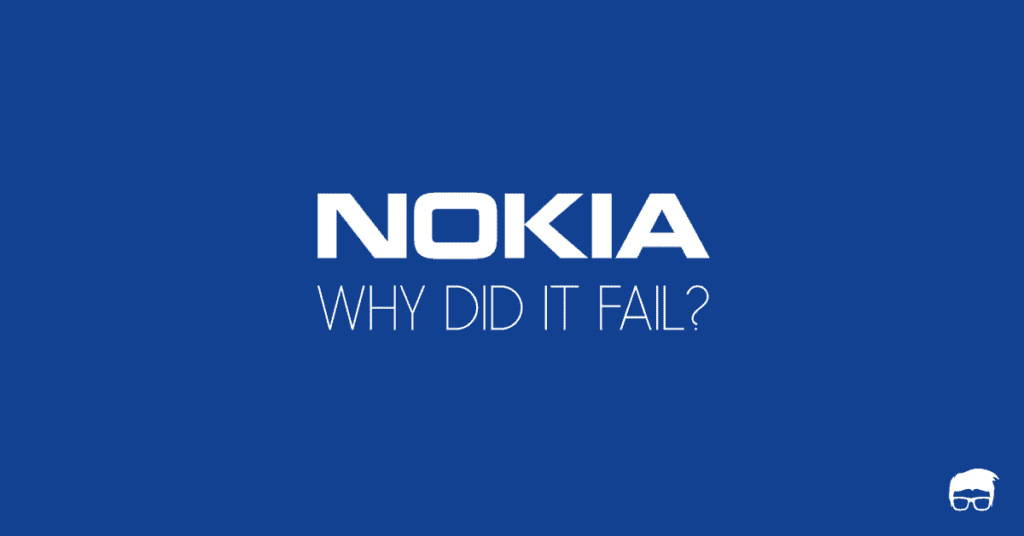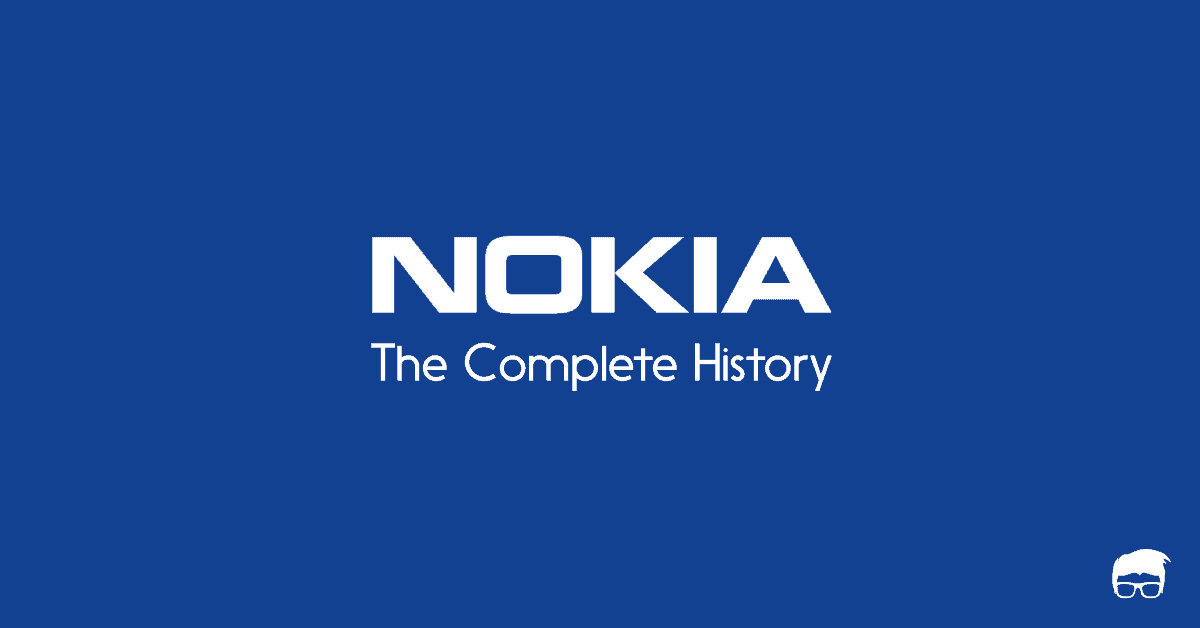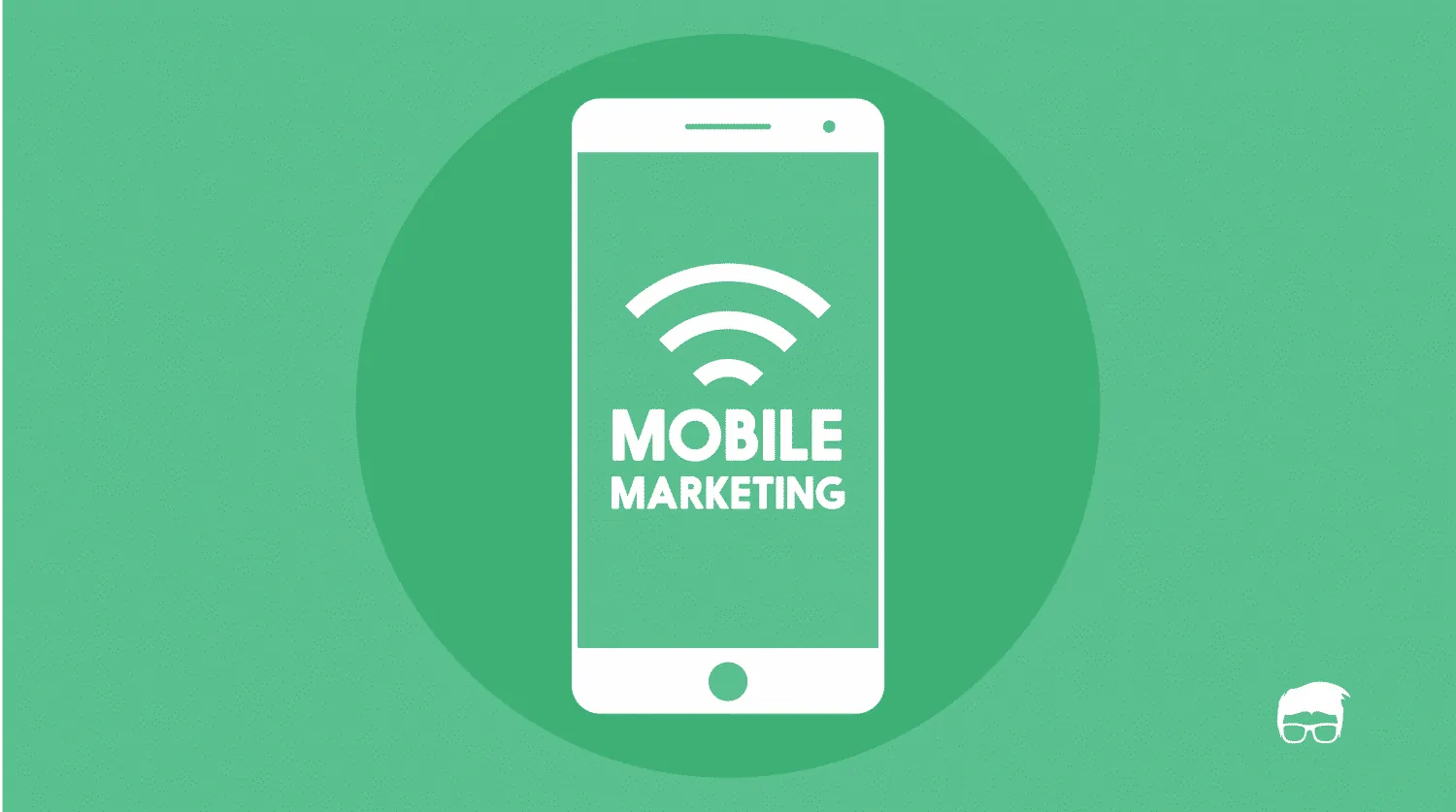If you could turn back time and visit the early 2000’s for a survey on mobile phones, you’ll get some shocking revelations. A company which is fighting for just 1% share in the smartphone industry today was almost synonymous to the word mobile phones a few decades back.
Yes, Nokia was that big.
For many people, Nokia was their first phone, especially kids born in the 90s. It became the best-selling brand and a household name within a decade. It catered to all the segments of society by designing different models with varied prices.
Nokia was the crusader of innovation in its prime.
But today it is not relevant as it was. Its sales went down to the point where it had no choice but to sell its mobile phone division.
So, how can a company so successful ever fail? What led to Nokia’s failure?
Let’s find out.
Rise of Nokia
From a pulp mill to a telecom giant, Nokia climbed the ladder of success like no other mobile company.
In 1992, Nokia launched the world’s first GSM phone: Nokia 1011. In 1998, the company overtook Motorola and became the best-selling mobile phone company. Still, the streak of success was far from over. At its peak, in 2007, Nokia’s worldwide market share stood at 49.4%, the highest in the world. It understood the mobile industry and to this day, no company had been able to achieve such heights of success.
However, behind the curtains, something else was brewing. The collapse of Nokia had already begun, way before 2007. It started from within the top management, and just like dominoes, one by one, everything went down.
A Timeline of Nokia’s Failure
After dominating the mobile industry for more than a decade, Nokia’s sales went down. It was a result of both internal decisions and the external environment.
- Change in The Top Management: In 2006, Jorma Ollila was replaced by Olli-Pekka Kallasvuo as CEO. The new management merged Nokia smartphones and basic phone operations, they focused more on traditional phones rather than experimenting with new technology.
- The Arrival of New Companies: In 2007, Apple stepped into the smartphone game and launched the iconic iPhone. Nokia refused to take Apple as a threat to their high sales numbers. It also considered Apple phones inferior as they run on 2G technology while Nokia’s mobiles ran on 3G technology.
In 2008, Google launched the Android Operating System (OS). By this time, Apple’s iOS was becoming popular and its sales were steadily increasing. To tackle the threat, Nokia should have switched to Android, but it didn’t and continued to make phones with outdated Symbian OS. - Delay in The Release of New Phones: In 2010, Nokia announced N97, which would be the first to run Symbian^3. But the release was delayed and as a consequence, it failed to compete with Apple and rising Google.
In 2010, Olli-Pekka Kallasvuo was fired from the position of CEO, and Stephen Elop, from Microsoft, took his place. - Partnership with Microsoft: In 2011, to cope up with declining market share Nokia partnered with Microsoft to make Windows phone, abandoning old OSs like Symbian and MeeGo.
In 2012, the Windows phone failed to make an impact on an already established smartphone market. The main reason behind this was a few numbers of applications on the windows store as compared to Google’s Playstore and Apple’s store. - Acquisition By Microsoft: In 2014, Nokia was close to being bankrupt. But Microsoft stepped in and brought Nokia for $ 7.2 billion. This was considered by many, the last nail in the coffin.
Reasons for Nokia’s Failure
There are numerous reasons that led to Nokia’s failure. Here are some of the major reasons among them.
Failed to Adapt
Despite knowing that there was more demand for software than hardware, Nokia stuck to their old ways and didn’t adapt to the changing environment. When Nokia eventually did realize their mistake, it was a little too late, because people moved on to Android and Apple’s phone.
Failed to Innovate
Nokia was the first company to introduce 3G phones, camera phones, and many more innovative technologies. In the early 2000s, it knew that innovation is the key to stay relevant and push the boundaries of technology. But as demand for their phones grew, their focus shifted to manufacturing, to fulfill those demands. It focused less on innovation and more on mass production and as a result, companies like Samsung, Apple, HTC, etc., started to gain some market with their innovative & simple OSs.
Failed to Reposition Itself
Nokia should have analyzed the market trends and repositioned Itself accordingly. It failed to do so. It did not focus on the smartphone market and missed the opportunity. Nokia could have improved their existing software: Symbian.
Overconfident
The top management of Nokia thought that nothing could ever go wrong until it did. New companies arrived with new ideas and technologies and Nokia turned a blind eye to them. They didn’t consider anyone their competition. In this overconfidence and ignorance, Nokia failed.
Changed the Organizational Structure
Nokia shifted to the matrix structure. It was a sudden shift and was done to improve agility. A lot of stakeholders were upset and people in top management left the company. The people who helped Nokia to become the best company were no longer there. This is one of the reasons for how internal working affected their company.
Had Internal Issues
“We were spending more time-fighting politics than doing design,” said Alastair Curtis, Nokia’s chief designer from 2006 to 2009.
Many divisions of the company were not coordinating with each other properly. This lack of coordination created more issues such as internal rivalries in the top management. The impact of these problems was not direct but it played a role in the downfall of Nokia.
Failed to Compete in the Smartphone Market
While companies like Samsung, Apple, HTC were making software-driven phones, Nokia was still fixated on the traditional phones. It did try to compete by releasing N97 with new Symbian OS, but it was too late as Android phones and Apple phones were already established.
The Symbian OS vs MeeGo OS Confusion
The company’s R&D division was divided into two. One was working on improving Symbian and the other on MeeGo. Both teams claimed that their software was better. This competition resulted in delays in releasing new phones.
Frequently Changed the Management
Having stable top management helps the company to stay on one track. But this was not the case of Nokia, in the span of 5 years, the CEO was replaced 2 times. This frequent change didn’t give the employees to adjust to the new CEO’s goals and visions. This caused dissatisfaction among the employees and other stakeholders.
Failed to Switch to Android
Nokia had the opportunity to join hands with Google and make android phones but refused to do so. This was one of the biggest mistakes Nokia made. Android OS was simple, faster, and had a great collection of applications on its store, which made it so popular. If Nokia had switched to Android in time, their story would have been different.
Decision-Making Was Slow
The top management took too long to make decisions. Frank Nuovo, former vice-president, and chief designer left the company in 2006. He said that the management was slow to make decisions that required urgency. Many opportunities were lost due to this. Way before the release of the iPhone, Nokia’s research department had already come up with the idea. But because of the corporate culture that was prevailing, it never saw the light of the day.
Partnered with Microsoft
In 2011, Nokia announced a partnership with Microsoft. They were going to make windows smartphones, which didn’t work in the market due to a lack of applications in the windows store. Nokia was on the brink of bankruptcy, but Microsoft bought the mobile devices division of Nokia in 2014 for $7.2 billion.
Aftermath
To this day, Nokia exists, not as relevant as it was in the past. Its glory days are long gone, but it is still trying to regain it by not repeating the mistakes of the past.
Nokia focused on network equipment through Nokia Networks, after the sale of its mobile phone division in 2014. Nokia Networks has its operations in more than 150 countries, it deals in wireless and fixed network infrastructure, communications and networks service platforms, and professional services to operators and service providers. Nokia’s ranking in global telecom infrastructure was 5th in 2018 and it is paving its way to the top.
In 2016, Microsoft sold the mobile phone division of Nokia, for $350 million to HMD Global, which was a company made up of previous Nokia’s executives.
In 2017, HMD Global released an Android-based smartphone under the brand name of Nokia.
The company’s Android phones were well received by the audience. Still, it is a long way from catching up to the current competition.
Go On, Tell Us What You Think!
Did we miss something? Come on! Tell us what you think about our article on Why Did Nokia Fail in the comments section.
A budding entrepreneur who loves to read. He has a knack for research work, writing, and creating his own music.









